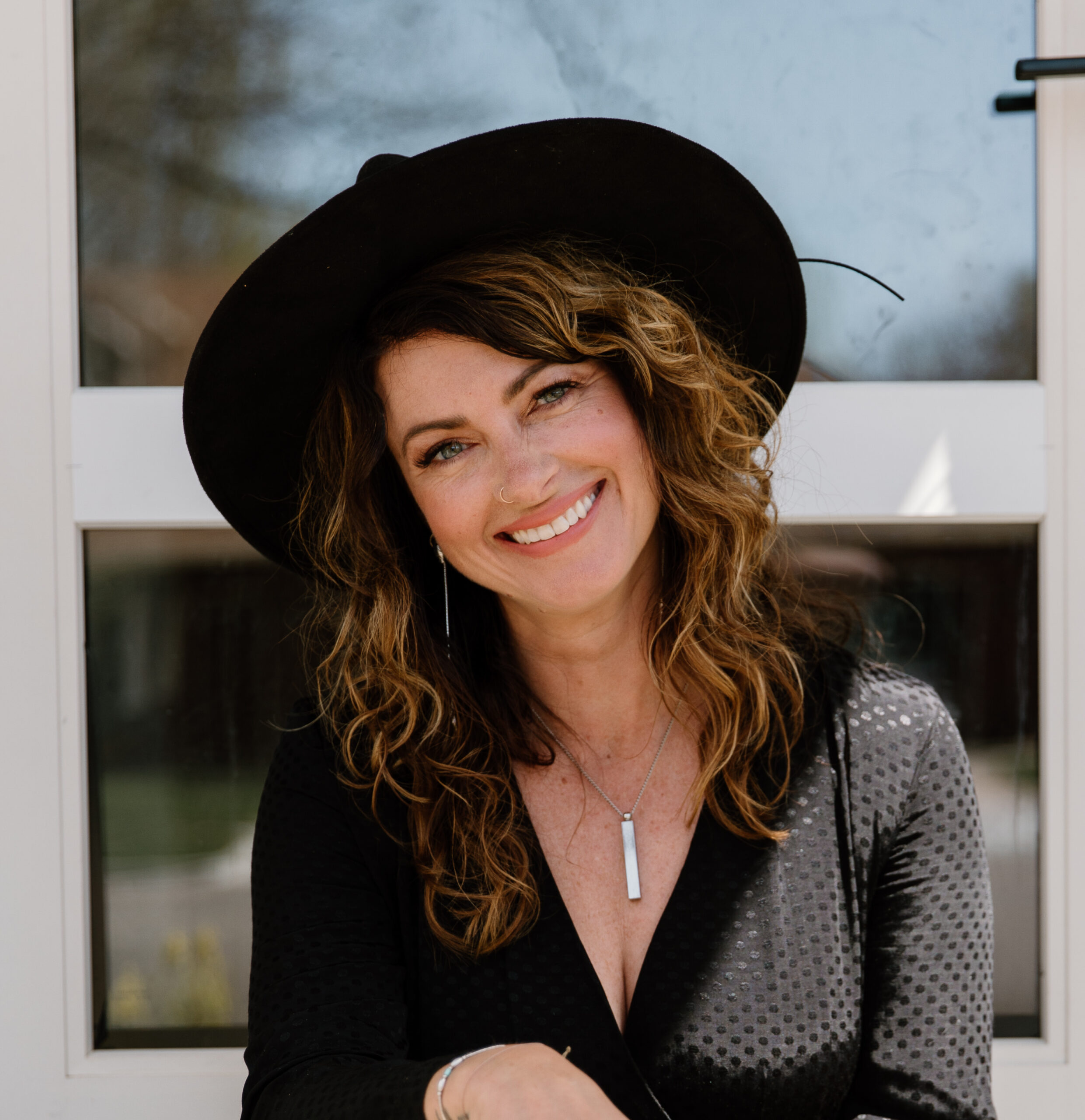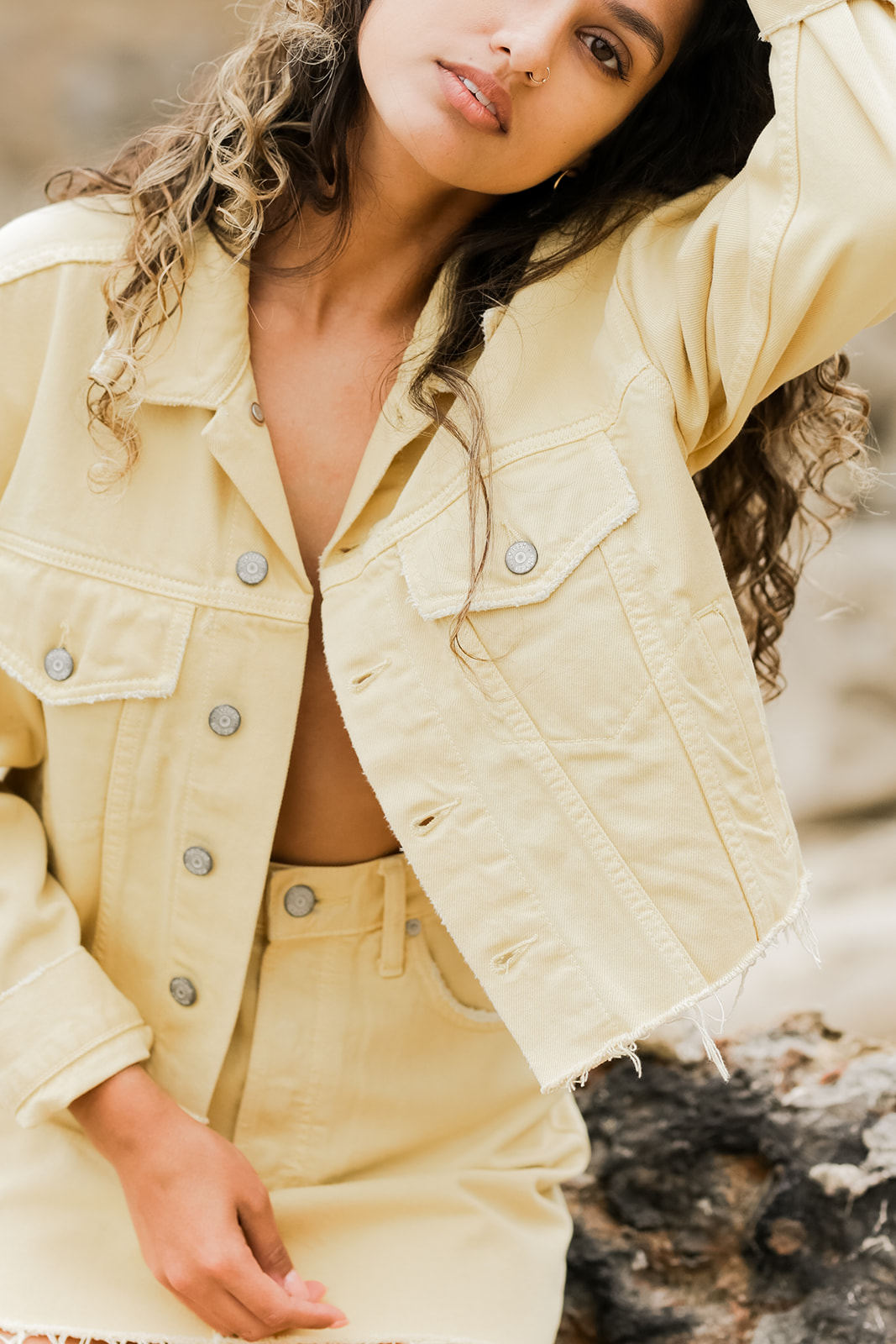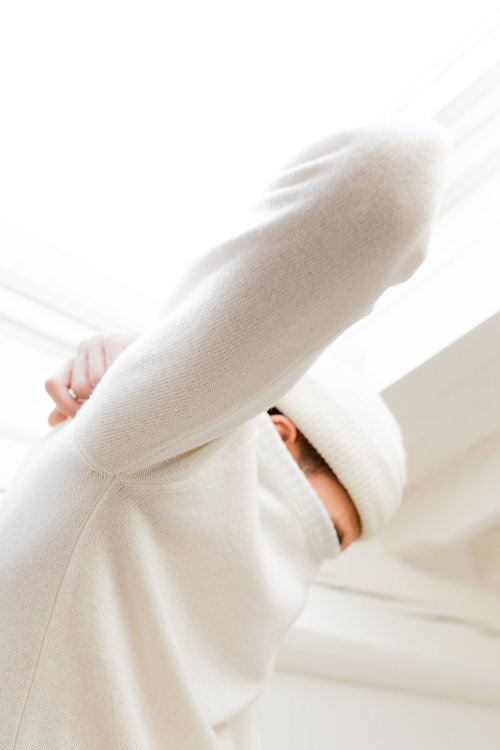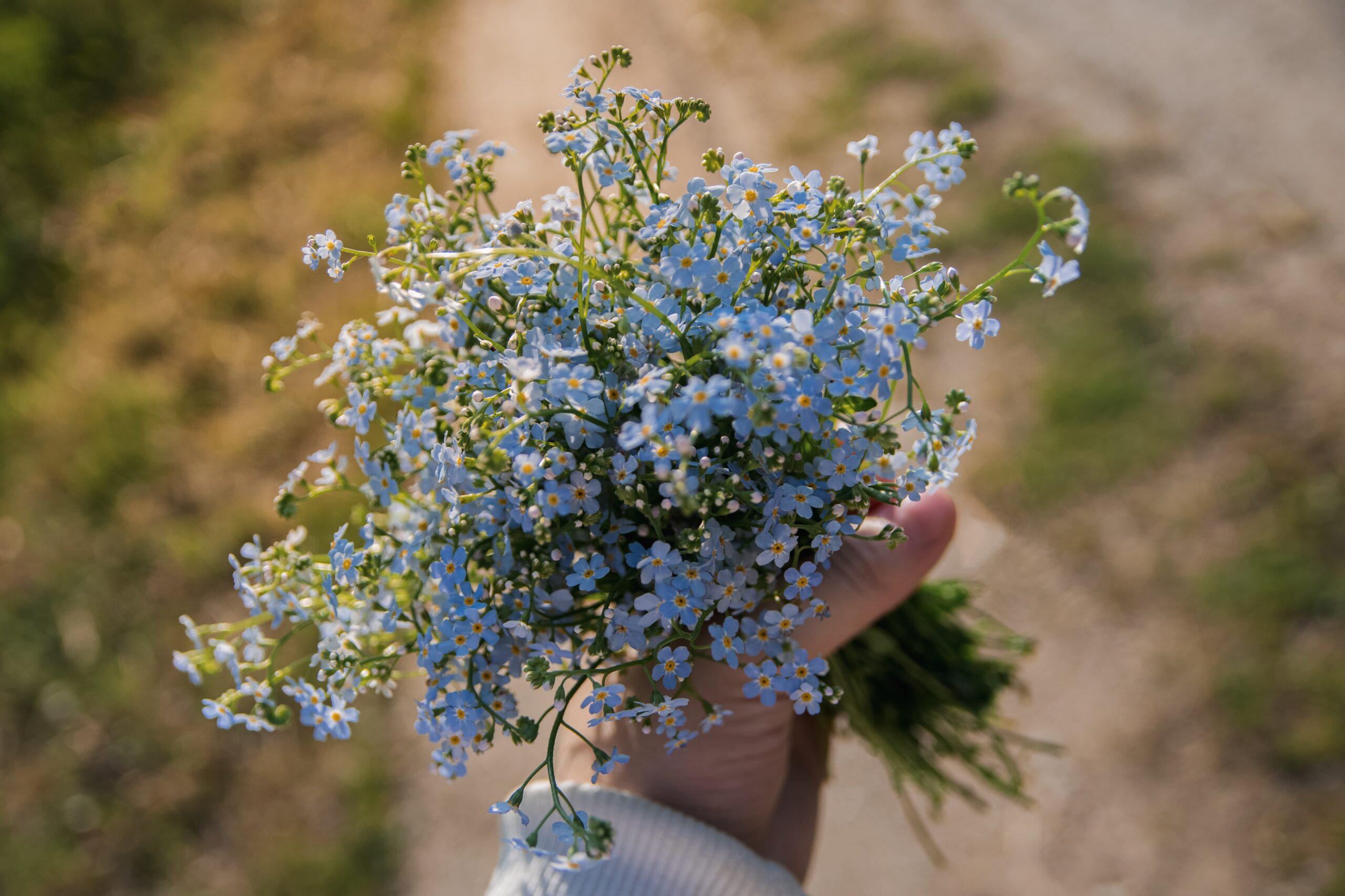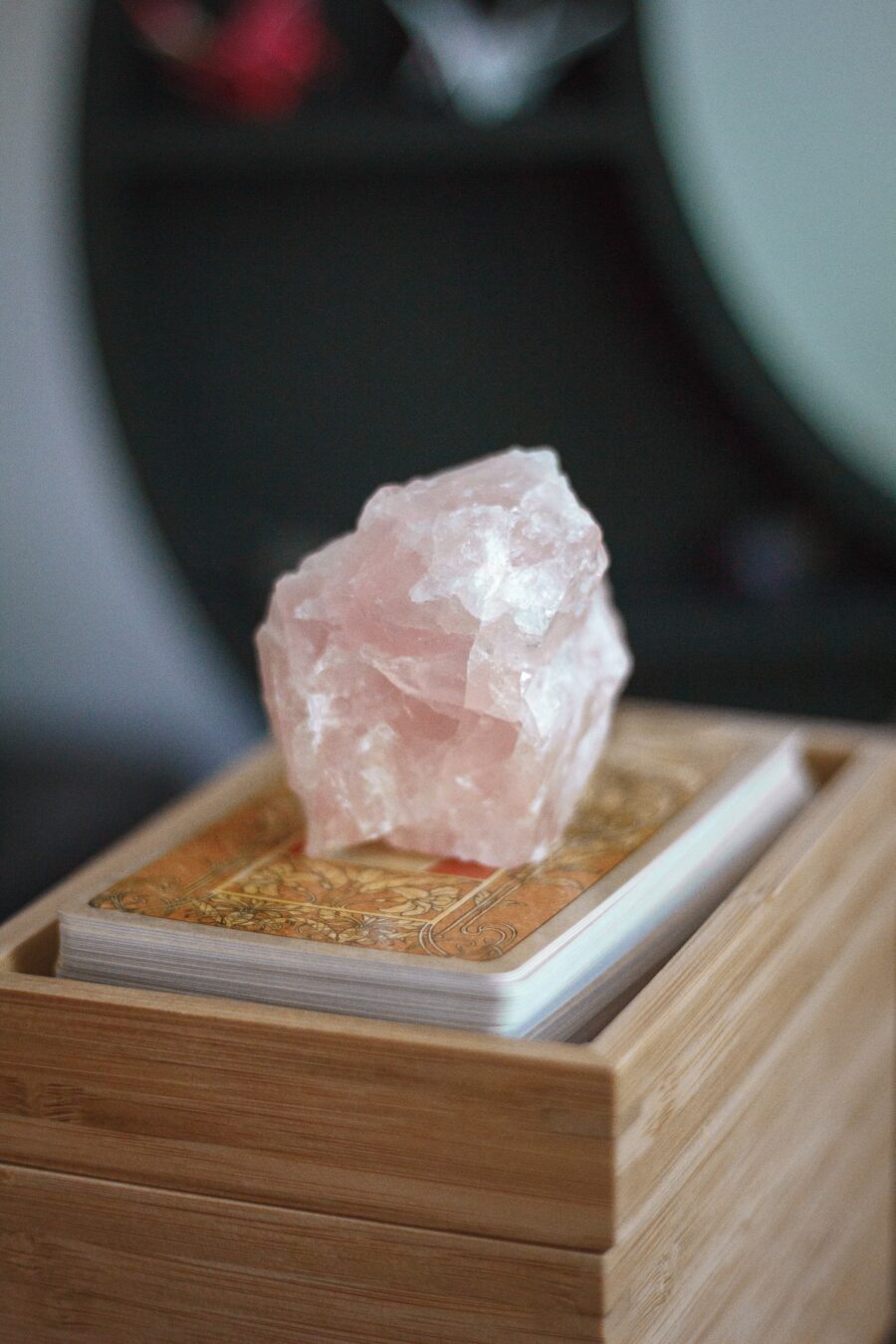
A Beginner’s Guide To Tarot
Pulling cards is my go-to for daily inspiration and spiritual guidance. But it wasn’t always this way. I grew up fundamentalist Christian, where many things were off-limits, including Tarot. It’s taken me years of rewiring my brain to orient around love instead of fear, to see cards as one of a myriad of ways the Divine, Source, God (translate into whatever language you use) gives us keys to unlock new dimensions of our perspective and understanding so that we can grow.
For the last 10 years, I’ve used cards in my energy healing practice, daily meditations, private intuitive readings, with mind/body coaching clients, in corporate team-building sessions, and in community workshops for people of all ages.
“It’s taken me years of rewiring my brain to orient around love instead of fear.”
But first, a brief history of Tarot and where this practice originated: The earliest references to Tarot come from the 1440s in Northern Italy. Tarot was a card game called tarocchi (similar to bridge), with hand-painted images of folk beliefs and archetypes of the time.
Tarot did not become associated with fortune-telling until the late 18th century due to three Frenchmen: French occultist Jean-Baptiste Alliette, who made the first official Tarot reading guide; Antoine Court de Gébelin, a former Protestant pastor who asserted Tarot came from Egypt and the secrets of Thoth; and Eliphas Levi, a French poet and former Catholic priest who popularized the idea that Tarot symbols referenced the Jewish mystical tradition of Kabbalah.
The most widely known deck in existence, the Rider-Waite deck, came about In 1909 when British poet Arthur Edward Waite discovered the writings of Eliphas Levi and commissioned a 78-card deck from the artist Pamela Colman Smith.
How To Pull Tarot Cards
“The first thing I suggest when pulling cards is to choose to believe that you are good and you deserve good things.“
It’s common to feel scared about pulling cards, and I think it’s because we’re afraid of what cards might reveal. But cards are not mean or harsh. They’re not doing something to you from outside of yourself. They are benevolent mirrors reflecting to you things you’ve already felt or known but couldn’t find the language or the imagery for. I always tell my clients, “You are the one in charge of this reading; the things that come up, you have said yes to, which means you have what it takes to integrate these truths into your daily life.”
The first thing I suggest when pulling cards is to choose to believe that you are good and you deserve good things. Then, get ready for a generous outpouring beyond what you can ask or imagine.
1. Set A Clear Intention
Once you’ve clarified your relationship to the cards, find a simple question to hold as your intention. This requires you to ask yourself, “What do I want?” which is only the simplest/hardest question ever and, I would argue, is actually the most profound part of a reading.
Once you know your intention, ask an open-ended question that begins with the word “What.” For example, “What do I need to know today?” or “What am I missing that I need to see?” Position yourself as a humble student of your life, hold the intention steady in your mind, and begin to shuffle the cards. Some people suggest holding cards facedown in your non-dominant or “receptive” hand. I don’t always do this, and the reading works just fine, so my suggestion would be, if you find yourself hung up on doing cards the “exact right way,” notice the emotion. It’s usually fear that you’re going to miss what’s for you unless you perform perfectly in order to get it. This just isn’t true.
2. Follow Your Intuition When Shuffling & Pulling
Depending on what kind of reading I’m doing, I either spread the cards out in front of me and run my hand about 2-3 inches above them, or I shuffle until I feel compelled to stop. The sense of “this is the card” comes first through physical sensation—heat, cold, prickles, heaviness, stickiness. When you feel like you want to pull, follow the feeling.
What I just described might not be what it feels like for you, and that’s amazing because you’re amazing, so trust yourself. You will find your method of pulling cards by pulling cards, by learning to trust yourself, and by building a relationship with yourself and your deck. Along with helping you clarify your intentions, Tarot teaches you how to hone your intuition—basically the ultimate superpower.
3. Read Your Cards
A reading comes in two parts: the raw material of the cards and the way you work with the raw material. When I do readings, I encourage every querent (Tarot client) to follow up with a mind/body coaching session to integrate their readings with practical and actionable steps. It’s possible to collect esoteric experiences without ever changing how you live; this is where we get into the territory of appropriation. Cards are not meant to be solely a self-help tool. Cards are one of many keys to help you live into your highest and best self so you can offer that to the world.
“Cards are one of many keys to help you live into your highest and best self so you can offer that to the world.”
If you get a reading, make a voice recording and listen back several times, slowly digesting the experience. Readings happen best in dialogue when the reader brings their wisdom and you bring yours, and together you make meaning.
If you’re doing a reading on your own, pay attention to colors, symbols, imagery, the names of the cards, and whatever feelings arise–I call this the “felt sense.” For example, notice if there are repetitive shapes, like circles or triangles, if the colors are diffuse vs. saturated, if the line work makes you feel trapped or free, confused or clear. Paying attention to sensation and impression is a way to keep your cognitive brain from jumping into analysis and overriding your intuition.
4. Revisit Your Cards Throughout The Day
I pull a card every morning, then set it on my coffee table so I’m reminded to use it as a lens for interpreting the day’s experiences. For example, today, I pulled the Six of Cups (a card connected to joy and childhood memories), and then, as I wrote this piece, a blue jay landed outside my window, singing its gloriously raucous song. I could have just been like, “Cool. There’s a bluejay,” but because I had my card in my mind, I got curious about the bluejay and how it related to the Six of Cups, which then dropped me into a tender memory from growing up in the Virginia woods. It helped me approach a meeting I had later in the day with more of a childlike sense of openness and ease.
A Few Favorite Decks For Getting Started
There are many card options, but I work almost exclusively with Kim Krans’s cards because I trust her integrity and commitment to her spiritual practices. Kim is a NYT best-selling author and creator of The Wild Unknown, a series of four oracle decks: Tarot (available in over ten languages), Animal Spirits, Archetypes, and the recently released Alchemy deck. I recommend researching the creator of the card deck and seeing if you align with their lineage of work before you purchase; this keeps your cards from becoming arbitrary gamified acquisitions.
If you want to start with the traditional Tarot, I recommend the Smith-Waite Deck, for historical significance if nothing else. (Please call it the Smith-Waite instead of Rider-Waite; it’s time to give Pamela her long overdue credit.)
“Start with one deck and get to know it like you would a new relationship.”
If Tarot feels like too much, or like me, you are working to undo negative associations with cards, I recommend the Archetypes deck as a gentle entry point. Look for imagery and symbolism that speaks the language of your soul. If plants are your thing, start with this; if you love animals, try these.
Start with one deck and get to know it like you would a new relationship: Spend time together, play together, learn how to trust your new friend’s intentions, and believe that your friend is in your life to help you become more alive…because that’s what cards do. They activate your aliveness.
Trinity Wilbourn is a Denver-based freelance writer, mind/body coach and intuitive guide. As an educational consultant, she works at the intersection of Social Emotional Learning, Mindfulness, and the science of nervous system regulation. In her free time, she can be found hanging with her four kids, spooning her Bernedoodle, singing opera, and dancing in the kitchen. Learn more and explore her offerings at www.trinitywilbourn.com or follow her on Instagram.
